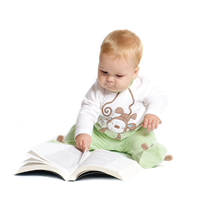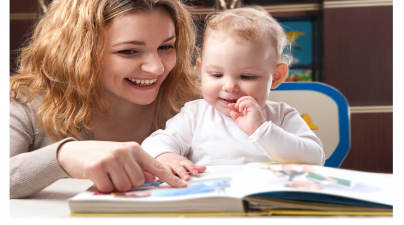-
20 October 2013
-
0 comments

To help a child with dyslexia or another language based learning disability it is helpful to understand the way s/he sees text. Try reading the following paragraph:
The Orton-Gillingham approach ot teaching reabing is a prevon success in helping stubents woh have a reabing or language-daseb bisadilitiy. Those wtih byslexia tyipcally have bifficulty in neo or more of eht following araes: reabing, wirting, spelling, anb math. The resaon it is referreb ot as a bisadility is simply decause eht way eht drain of an inbivibual wtih byslexia works mkaes it bifficult rof them ot succeeb acabemically. Hovewer, wtih eht rgiht methob of lreaning, inbivibuals wtih byslexia or rtheo reabing anb language-daseb learning bisadilities can succeeb! The Orton-Gillingham approach ot reabing stresses a multisensory way of lreaning ot reab. . anb abbresses the neebs of all types fo learners dy utilizing visual, aubitory, kinesthetic and tactile senses to teach reabing.
Not as easy as you thought it would be! Next, try reading this paragraph below:
The Orton-Gillingham approach to teaching reading is a proven successful in helping students who have a reading or language-based disability. Those with dyslexia typically have difficulty in one or more of the following areas: reading, writing, spelling, and math. The reason it is referred to as a disability is simply because the way the brain of an individual with dyslexia works, making it difficult for them to succeed academically. Despite this difficulty, with the right method of learning, individuals with dyslexia or other reading and language-based learning disabilities can succeed! The Orton-Gillingham approach to reading stresses a multisensory way of learning to read. and addresses the needs of all types of learners by utilizing visual, auditory, kinesthetic and tactile senses to teach reading.
The top paragraph simulates the way an individual with a reading or language-based learning disability perceives text. I took me more than twice as long to read the first paragraph (49.3 seconds) than it did for me to read the second paragraph (20 seconds), and I wrote them! Imagine a child who is trying to understand what he is reading. All the ‘b’s are changed to ‘d’s and all the ‘d’s are changed to ‘b’s; also, letters may appear reversed and/or mixed up. These are typical difficulties that individuals with reading or language-based learning disabilities may experience. To help children with dyslexia or another language-based learning disability read without difficulty, it is important to recognize the challenges they face, and ensure that proper intervention and reading methods are taught.
Fore more information on ways to help children with dyslexia and other language-based learning disabilities, see The Therapy Spot’s Orton-Gillingham Reading Program.
Share Social



